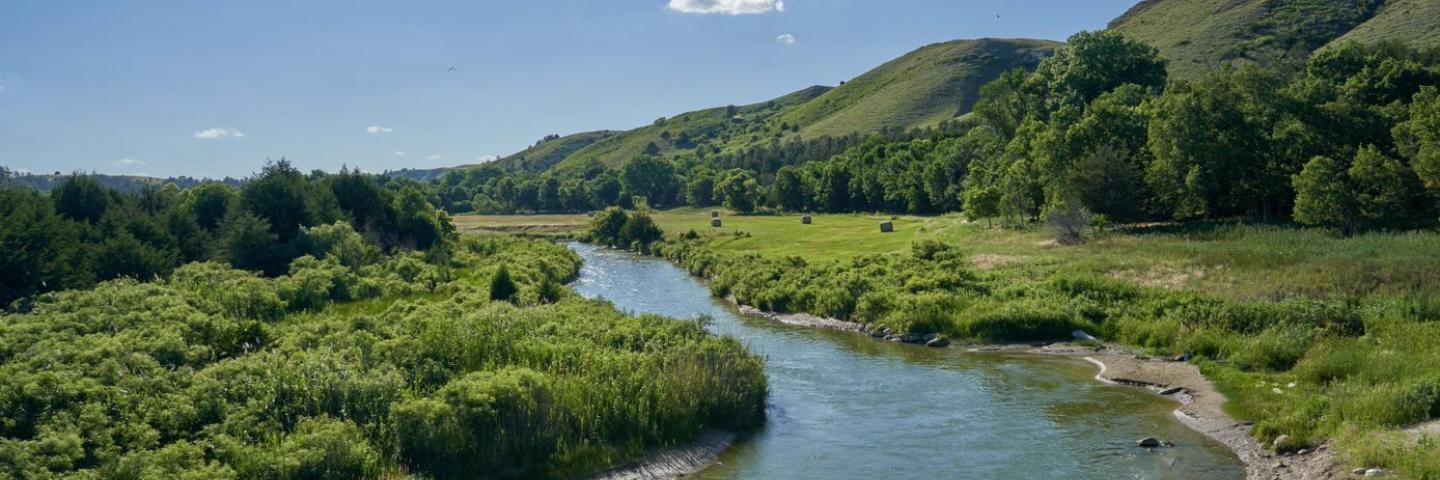
Regional Conservation Partnership Program Easements
Conservation easements protect working agricultural lands, limit nonagricultural uses, and facilitate the restoration and enhancement of wetlands.
NRCS’s RCPP easement programs are intended to complement other NRCS easement programs, filling the gaps other NRCS easement programs don’t address. They can be used to conserve various eligible land types that meet the goals of the RCPP project. RCPP easements provide expanded opportunities to tailor easement structure specifically to RCPP project purposes.
RCPP offers two types of easements: U.S.-Held Conservation Easements and Entity-Held Conservation Easements. Both require Farm Bill eligible lands and landowners, but land uses and land cover are potentially less restrictive in RCPP than they are in other NRCS easement programs.
U.S.-Held Conservation Easements
- Available for any agriculturally linked land use, such as cropland, grasslands, natural wetlands, or riparian areas buffering agricultural lands.
- Purchased by NRCS directly from eligible landowners of eligible lands and held by the United States.
- The purpose is to restore, protect, manage, maintain, enhance, and monitor the conservation values on eligible lands that are stated in the individual RCPP warranty easement deed.
There are three levels of U.S.-held easement restrictions based on the easement purpose.
- Highly Restrictive
- Easement for protection of conservation values.
- Restoration/protection of native habitats in natural/historic condition.
- Minimal disturbance, no agricultural uses.
- Moderately Restrictive
- Easement for conservation uses.
- Management of specific habitats to provide conservation benefits.
- Conservation activities to manage/maintain conservation values.
- Minimally Restrictive
- Easement for working lands.
- Protection of agricultural uses, including grazing uses.
- Rights related to agricultural use remains.
The term of an RCPP U.S.-held easement must be in perpetuity, except where state law prohibits a permanent easement. In such cases, the easement term will be for the maximum duration allowed under state law.
Entity-Held Conservation Easements
- Eligible for any land use.
- Driven by conservation benefits and resource concerns identified in the RCPP project.
- Can be used to protect working agricultural lands as well as other eligible land, including forest land, wetlands, and riparian areas.

